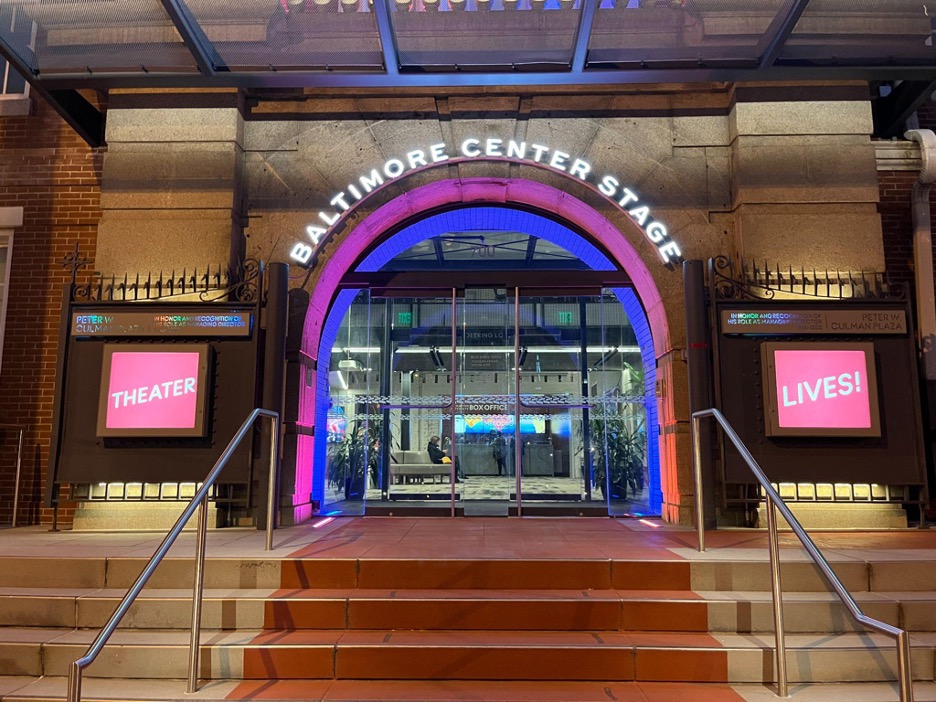An active shooter, according to the Department of Homeland Security, is “an individual actively engaged in killing or attempting to kill people in a confined and populated area”; in most cases, active shooters use firearms and there is no pattern or method to their selection of victims. Over the past since 2002, the number of acts of armed violence by active shooters has increased from less than five per year to around 15 per year.
Communities in Aurora, Colo., Sandy Hook, Conn., Columbia Md. and many more, have all seen the effects of these active shooter events (ASE). Though each situation played out in very different environments—a movie theater, a school, a mall—and in very different ways, the impact is very much the same: that with these instances happening more frequently, individuals must be more prepared to react.
Historically, incidents involving active shooters end almost as quickly as they begin. For cases that reported police response time, the average was three minutes. However, with some shooters acting so quickly, the impact of their behaviors can be extreme, leaving only the persons present at the time to react and respond in the moment.
Active shooter training programs have since taken precedence in schools and workplaces, so as to increase preparedness in such situations. The training appeals to individuals’ senses in reacting in the moment these situations happen. Dennis Cornwall, training director of Public Safety is in charge of the active shooter awareness program recently introduced at Loyola.
“We have presented this program to a number of departments here at Loyola and everyone has taken away an increased awareness of options one has if they were to find themselves in an active shooter incident,” said Cornwall. The first active shooter awareness training for students, which is based off of suggestions from the F.B.I., took place last Tuesday, March 11.
The F.B.I. encourages a “Run, Hide, Fight” response, meaning that the course of action one takes should first be to get away from the scene; if it’s impossible to evacuate, hide or barricade yourself and others into a safe area; finally, if you are confronted with the shooter and have to “fight for your life…You have to develop a survival warrior mindset…and you’re going to utilize everything you can as a weapon,” said John Bruner, former chief county detective with the
Greene County, Pa. District Attorney’s Office. Many look to lacking gun laws as the cause for the seemingly increasing number of active shooter incidents; however, even in countries like the Netherlands, where gun laws restrict ownership to law enforcement, hunters and target shooters, active shooter violence is not absent.
In 2011, an incident occurred in a mall in the Dutch town of Alphen aan den Rijn; six people were shot and 10 others were wounded.
One witness, Peter Dirkzwager, said, “I can’t believe that these kinds of things can happen here, in my town, just next to where my daughter lives.” It was rare for the Netherlands to see such an incident, but it shows that the possibility of it happening is not exclusive to the United States, though that is the stigma, as Dirkzswager continued, “A shooting like that, you only see them in the cinema or in America—not in the Netherlands.”
While the prevalence and cause of active shooter events may still be in question, the training aims to help those caught in these situations to act calmly. Cornwall said, “Our presentation is designed to increase Loyola community members’ awareness and provide ideas to aid one’s decision making process if they ever found themselves in an active shooter event.”
The program is designed to instill in its participants an almost-formulaic response, much like fire drills. “Most of us have learned the basics of fire safety, i.e. stop, drop and roll; crawling on floor to avoid smoke; touching doors to feel for heat prior to opening them,” Cornwall said. “We hope to provide the Loyola community with similar tools and options one can take concerning an active shooter event.”










































































































